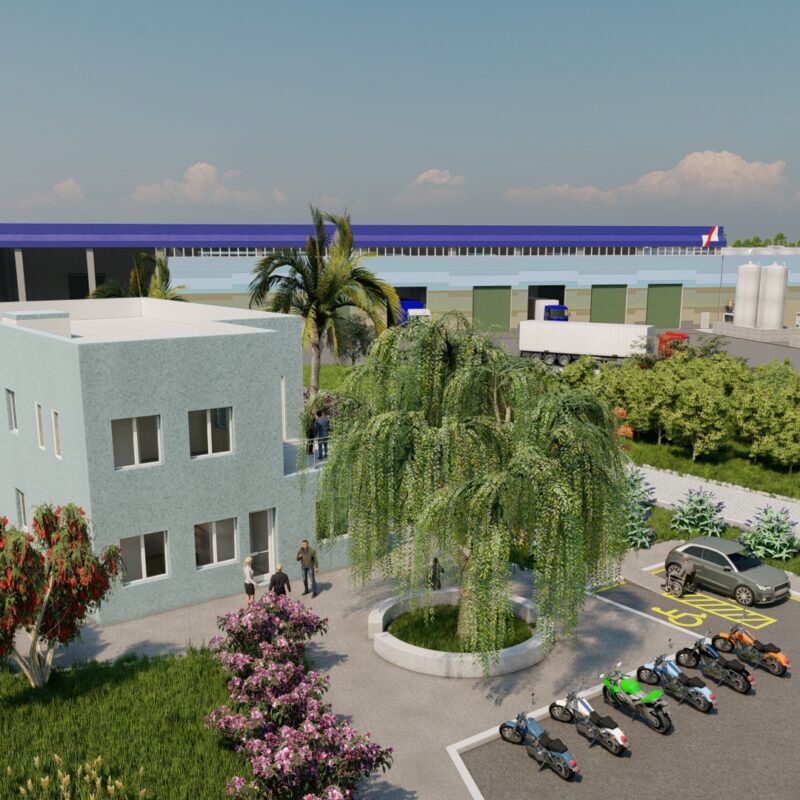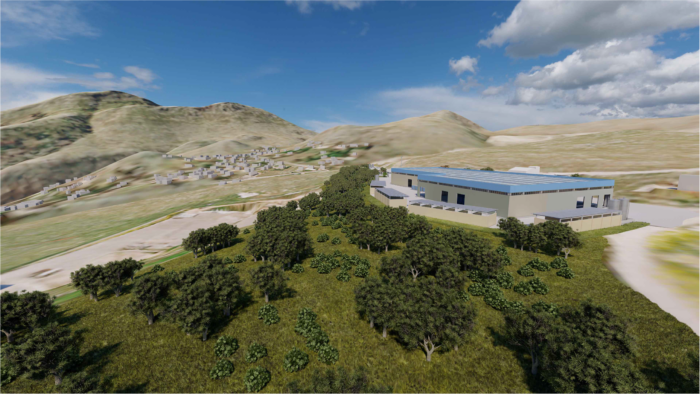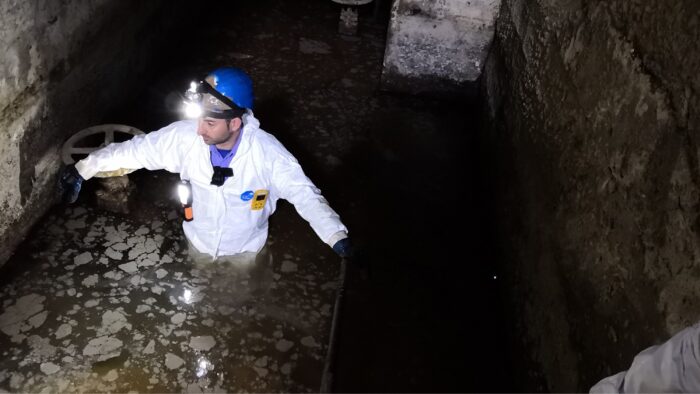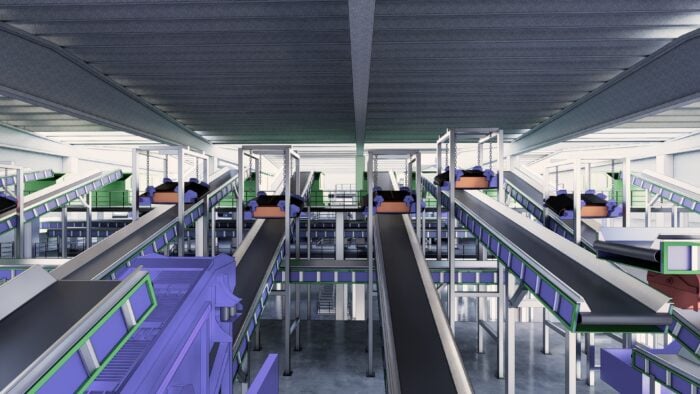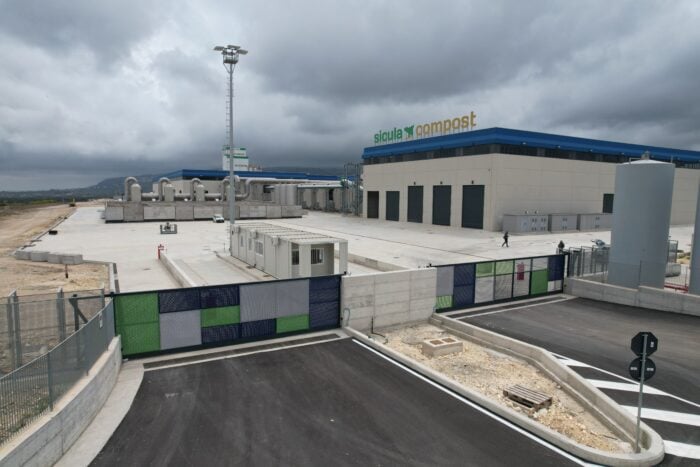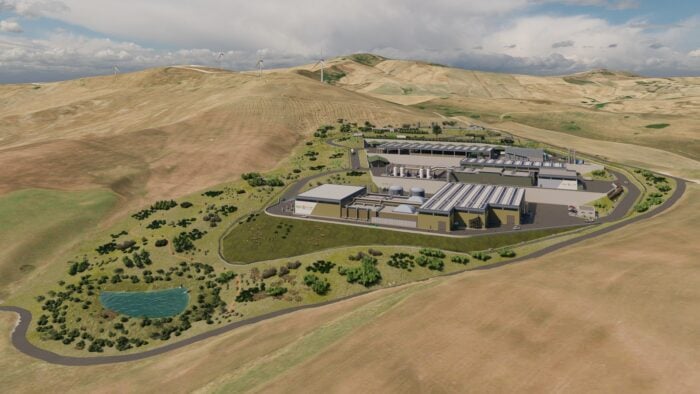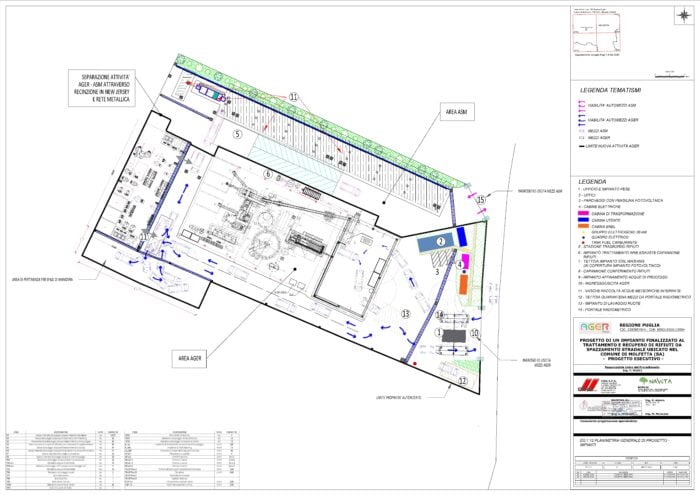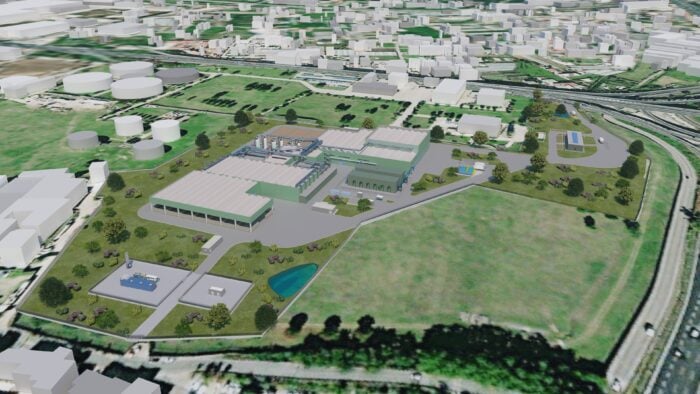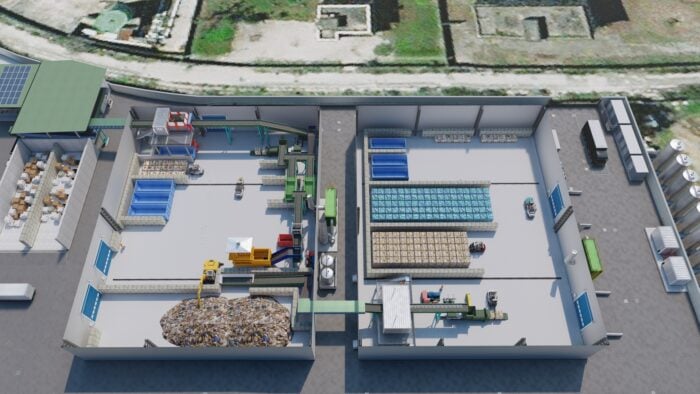The plant falls within the umbrella of interventions financed by the Campania Regional Operational Program (POR) during the five-year period (2014-2020), which was enabled by the European Regional Development Funds (ERDF).
Location
Cancello e Arnone (CE), Italy
Data
Type of service:
Definitive design
Design period:
2019
Technical data
Total area:
65.000 m²
Treatment capacity: 30.000 t/year
Produced compost: 9.637 t/year
Exhausted-air treatmet capacity: 270.000 m3/h
The project proposal envisages the construction of a composting plant that is expected to produce quality compost from the Organic Fraction of Municipal Solid Waste (OFMSW) to be subsequently used in the agriculture sector.
The designed plant has an overall treatment capacity of 30.000 t/year, of which:
- 24.000 t/year constitute the OFMSW;
- 6.000 t/year are wood-cellulosic waste fractions used as a structuring material that improves the biological composting process.
The OFMSW is mixed with the shredded structuring fraction and placed in aerobic bio-cells for the accelerated bio-stabilization (18 days). Later, the material is sent to primary maturation in ventilated lanes (39 days) followed by an intermediate refining. Then a final maturation process (33 days) is conducted placing the material in 6 static lanes in which it is periodically turned around. To finish, a final refinement is done.
Together with the design of the process and the environmental impact assessment (air, soil, water), we used sustainable architectural practices to provide a good landscape insertion of the building in order to mitigate visual impacts. Samples of the colours and shades of the neighbouring landscape were taken and matched with the European RAL colours matching systems. The external walls, rooftops and other relevant areas follow a precise chromatic order of colours with a degrading gradation so as to “blend” the plant into the landscape.


